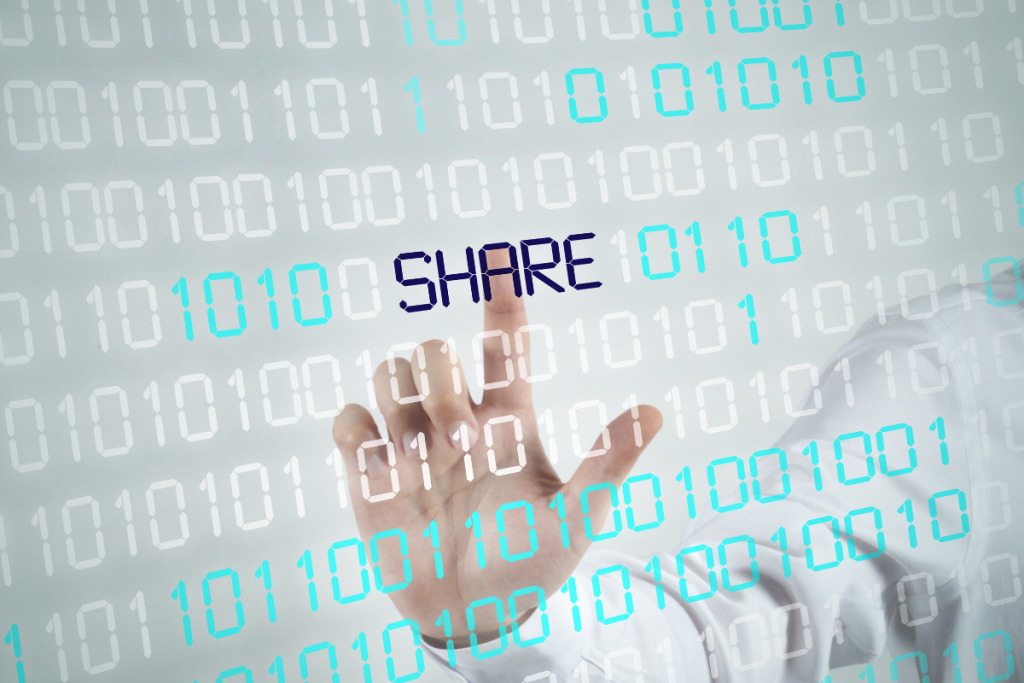In past month or so weve witnessed some significant movement in the tech space.
Alphabet Googles parent company has now surpassed Apple as the worlds most valuable tech company, a position Apple had held firmly since 2010. At the same time, Twitters volatile share price fell to a record low. Whilst not every business is technology-focused, the impact of changes in the tech space and the resulting shifts in consumer need affect most organisations.
With technology now dominating every part of our lives, it’s important to continuously evaluate some of the broader trends gathering pace. Here, Ive explored some of the key developments set to make a splash in three areas of our lives, as well as some of the game-changing technologies that are set to pave the way for other technologies in the years to come.
Transport
In the last three years we have seen a remarkable surge in demand for electric vehicles (EVs) in the UK and this is set to continue. In part, this is down to an increased awareness of pollution problems possibly following the Volkswagen emissions scandal. But with top-selling manufacturers now creating electric and plug-in hybrid models, EVs are becoming a lot more accessible.
Setting the benchmark for EVs is the 2017 Chevrolet Bolt. Unveiled at CES, the affordable long-range electric car marks a step forward in EV development. The car travels 200 miles on a full charge and will cost the equivalent of around 20,000 (after government grants) when it goes on sale. Although it won’t initially be available in the UK, the rise of cars like these and growing government support will see more and more of us go electric.
The Internet of Cars: What racing ahead with connected vehicles means for UK SMEs

The home
The theory of the smart, connected home is that intelligence built into traditionally passive products provides unique benefits. An often quoted example, but not one which seems to have caught consumers collective imagination, is the fridge that tells you when you need to order more milk.
Smart thermostats, however, that allow you to control your heating from your smartphone, have been a big hit and, in 2016, itll be a short step from the smart thermostat to the smart boiler the boiler that also generates electricity, the boiler with remote diagnostics to allow faults to be diagnosed and fixed without an engineers visit, the boiler that combines a traditional heating system with renewable technology and uses one or the other depending on when it’s most financially beneficial.
As connected home products gain traction, those with only incremental benefits will eventually become mainstream. However, the vanguard products have to be those that provide the most obvious benefit, both in terms of convenience and cost saving which points to the success of energy-related products. In a survey by PwC, 46 per cent of respondents claimed that they would adopt platforms to monitor their utilities usage if it saved them money in the future. The rise of smart boilers, the device in your home that uses most energy, has to be coming.
Alfred Smart Home: App with name of Batman’s butler set to boost connected device trend
Health and fitness
Years ago the majority of people would be pretty wary of any form of monitoring device. However, consumers are now open to the multitude of benefits of wearable technology in tracking behaviours whether that be sleeping, food consumption or exercise. With this, we have seen wearables and particularly fitness trackers move into the mainstream and open up a rapidly expanding marketplace that is predicted to be worth $25bn by 2019 (according to industry analyst firm, CCS).
Whilst the focus has been on making the products accessible to consumers, the next stage of activity will be looking at connectivity between devices and ultimately a deeper and more meaningful analysis of the data gained. We have started to see the shift towards connected products this year with the launch of a new smart shoe, the Gemini 2, which can track and store the time and date you ran, along with duration, distance and splits, without needing to carry your watch or phone. Products like these will aggregate and report data and ultimately provide an ecosystem of tracking and insight for the user. Over time, the data gathered will also open up opportunities for business to provide location-based, cross-device and tailored targeting across a range of products.
Whether it is how we travel, manage our homes and offices or workout, techs role in our lives is clearly only set to become greater. The impact and value for consumers is often obvious. However, for businesses this shift presents an opportunity to create value in improving how we work, interact, produce and sell. Those business that already see this opportunity are the ones best placed for the future.
People-power plus technology: A new business opportunity in healthcare























































































































































